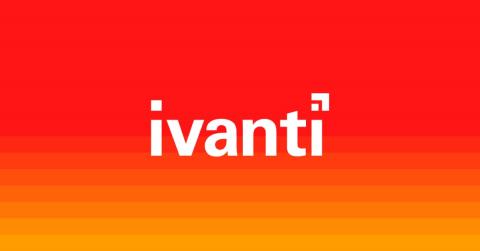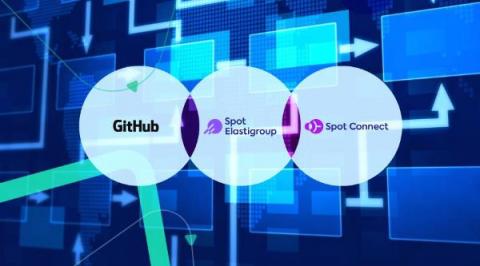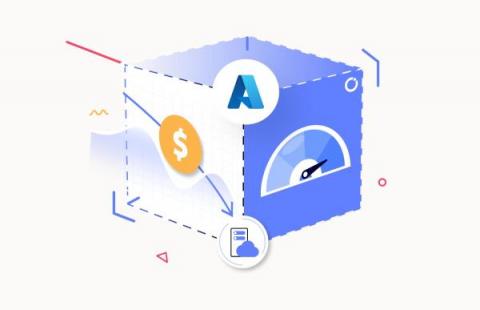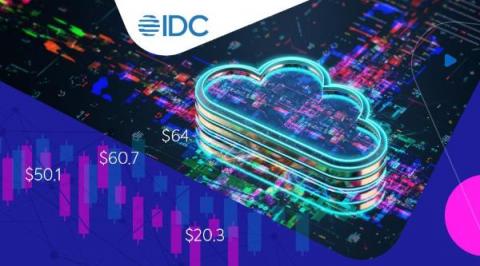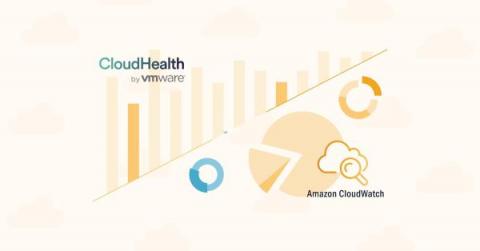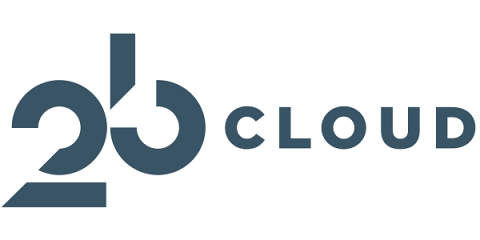Capitalizing on the Cloud: Five Strategic Benefits of ITSM in the Cloud
Cloud computing is no longer the future; it’s our reality. This means that the decision to move ITSM to the cloud isn't just an option. It's a strategic necessity. For business and IT leaders in the early stages of this transformation, understanding the benefits of cloud-based ITSM is pivotal. Here are five advantages that this shift can bring to your organization.


